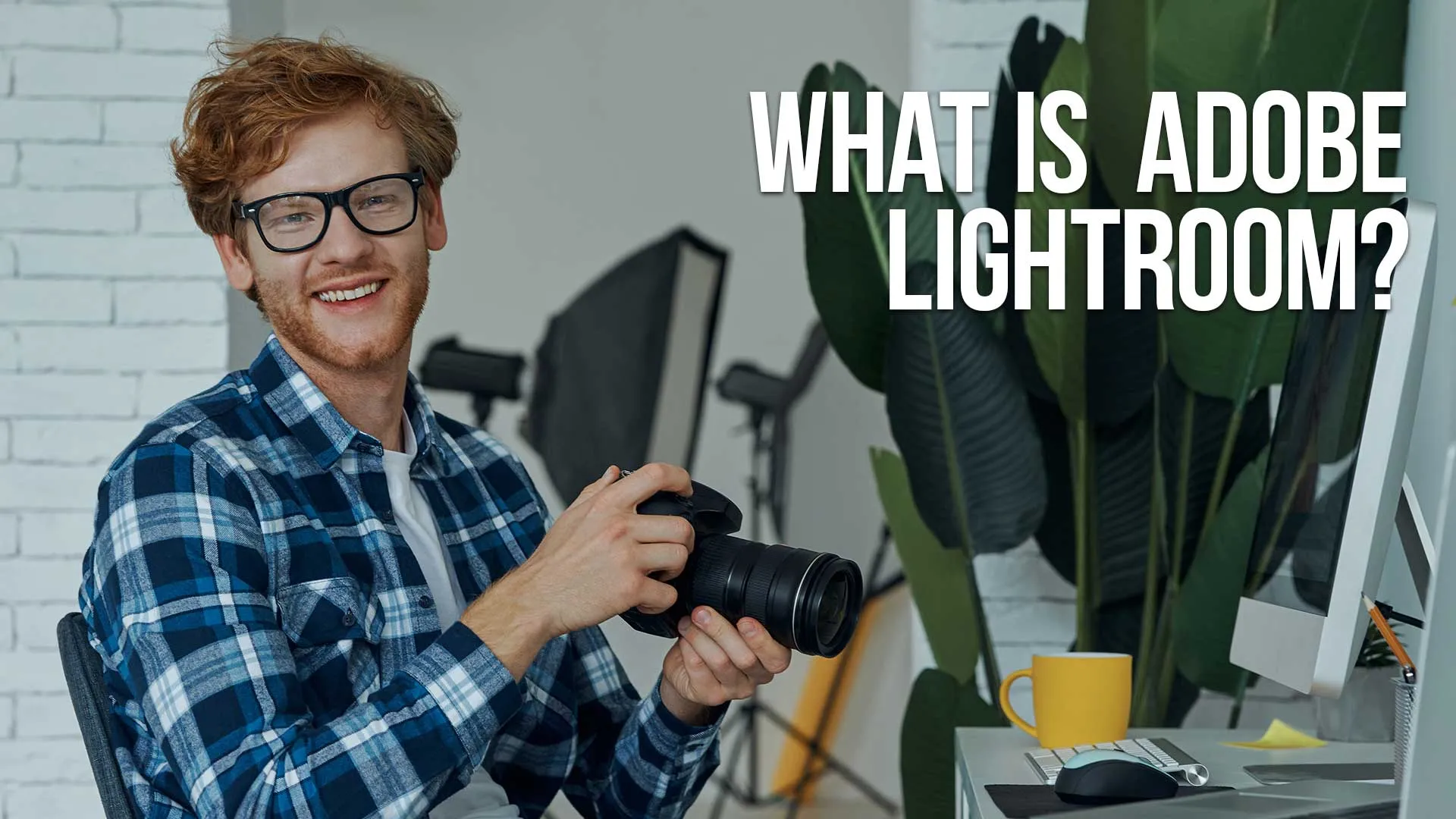Lightroom is a powerful photo editing software that's part of the Adobe Creative Suite, a family of applications that cater to a wide range of creative needs, from graphic design to video editing.
Officially Adobe Photoshop Lightroom, this software is a favorite among both professional photographers and hobbyists.
It offers a range of tools that make managing, organizing, and editing digital images a breeze. This is achieved through a streamlined interface and workflows designed to handle multiple files and images efficiently.
Originating as a spin-off from the more complex Adobe Photoshop, Lightroom was created with the needs of photographers in mind.
It simplifies the editing process, allowing users to focus on enhancing their photos instead of navigating complicated software.
This page may include affiliate links.
Though I only recommend software that I use and fully believe in.
⭐⭐⭐⭐⭐
I pay for Adobe Creative Cloud and have used it every day in my 20-year career as a video editor, producer, and colorist.
Purchasing Adobe CC through these links will get you the best deal available and support this site.
Get Adobe Creative Cloud Now!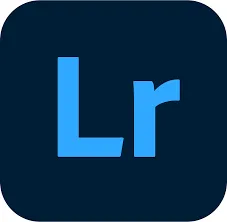
What is Adobe Lightroom For?
Lightroom is more than just a photo editor; it's a comprehensive image management tool.
Its user interface is divided into different modules, each dedicated to a specific part of the digital photography workflow.
The Library module is where you import, sort, and organize your photos. It offers features like keyword tagging, ratings, and collections, allowing you to group images in a way that makes sense to you.
The Develop module is where the magic happens. Here, you can edit your photos using a wide array of tools, from basic photo editing tasks like cropping and adjusting exposure, to more advanced retouching such as noise reduction and lens corrections.
Lightroom's editing tools are non-destructive. This means that any changes you make do not permanently alter the original image. Instead, Lightroom keeps a record of your edits, which can be modified or removed at any time. This feature is a godsend for photographers who value the integrity of their original image files.
Another standout feature is the ability to edit photos and raw files.
Raw images are unprocessed snapshots of all the data captured by your camera's sensor. They offer greater flexibility in post-processing than JPEGs, making them the preferred format for many professional photographers.
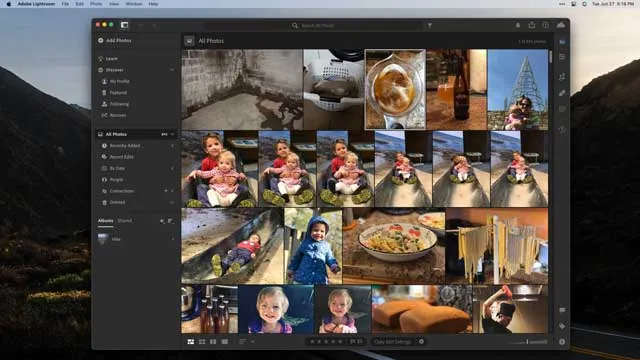
Understanding the Lightroom Workflow
Lightroom is designed to streamline the process of managing and edit photos, from the moment they're imported from your camera to the point they're ready for printing or online sharing.
Importing Photos
The first step in the Lightroom workflow is importing photos.
Lightroom supports a variety of file formats, including Adobe Camera raw images, JPEGs, and TIFFs. You can import raw photos here directly.
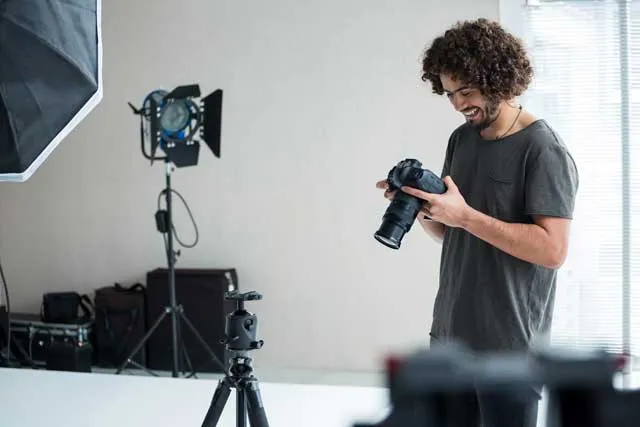
Lightroom vs Adobe Photoshop: Understanding the Differences
When it comes to image editing software, Adobe offers two powerful tools: Adobe Photoshop and Lightroom.
Both have their unique strengths, but how do they differ?
Photoshop is primarily a pixel-level editor, perfect for intricate manipulations on a single image. Graphic Designers often use Photoshop as their main tool.
On the other hand, Lightroom is a photo editing software and image management tool that excels in non-destructive editing, image manipulation, and handling multiple photos simultaneously.
This distinction makes Lightroom the go-to tool for photographers who need to process batches of images.
Read Also: Adobe Bridge vs. Lightroom: Which is better for organizing photos?
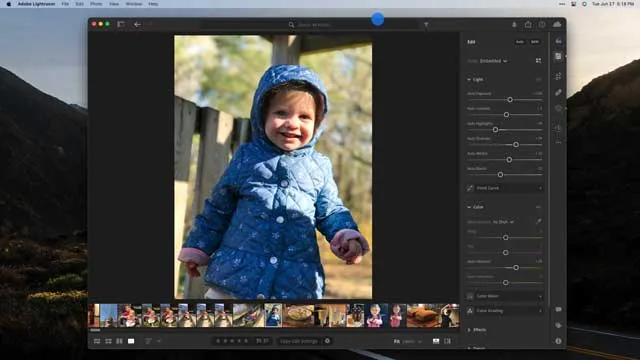
Adobe Lightroom: A Comprehensive Editing Tool
Lightroom is more than just a basic photo editing tool. It provides a range of advanced features to create stunning images.
From lens corrections and noise reduction to advanced retouching, Lightroom equips photographers with tools to enhance their work.
One of the standout features is the ability to work with Adobe Camera RAW files, a format that preserves more details than standard JPEGs, offering greater flexibility during the editing process.

Unveiling Adobe Lightroom's Capabilities
is a comprehensive tool, but its capabilities extend beyond mere image editing.
The software also serves as a robust photo management platform.
It allows photographers to organize photos, create collections, and even add keywords for easy searching.
This image management functionality is a boon for professionals managing large numbers of digital images.

The Power of Lightroom Presets
One of the many features that make Lightroom a powerhouse is its presets.
Lightroom presets are saved settings that apply specific looks or styles to an image with just one click.
These presets can dramatically speed up the editing process, especially when working with multiple images requiring the same settings.
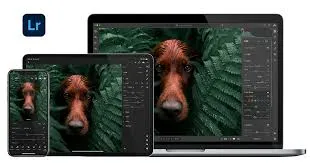
Adobe Lightroom: A Tool for Both Beginners and Professionals
So, is Lightroom good for beginners? Absolutely.
Despite its wide range of features, Lightroom has a user-friendly interface that eases the learning curve for new users.
Its easy-to-navigate layout and intuitive controls make it accessible to photographers of all levels.
At the same time, its advanced features meet the demands of professional photographers.
The Cost of Adobe Lightroom
How much does Lightroom software cost?
Lightroom is a subscription-based software, available as part of Adobe's Creative Cloud plans.
While it's not free, Adobe offers various subscription options to suit different users' needs, including a plan that bundles Lightroom with Photoshop.
Conclusion
Whether you're a professional photographer or an amateur, Lightroom can be a game-changer.
Its ability to manage and edit multiple photos, coupled with its advanced features and intuitive interface, makes it a valuable tool in any photographer's toolkit.
Adobe Lightroom FAQ
What is Lightroom used for?
Lightroom is primarily used for managing and editing digital photos. It's an essential tool for photographers and photo enthusiasts, offering capabilities to import, organize, and edit images, and share photos in one place. The software also provides advanced image editing features, such as exposure adjustment, color correction, cropping, and retouching.
What is the difference between Photoshop and Lightroom?
While both Photoshop and Lightroom are photo editing software developed by Adobe, they serve different purposes. Photoshop is a pixel-level image editor, that is designed for comprehensive manipulation and creative edits. Lightroom, on the other hand, is more of an image management system with robust editing capabilities, offering tools to import, organize, and enhance photos in a non-destructive manner.
Do I really need Adobe Lightroom?
Whether or not you need Lightroom largely depends on your photography workflow and needs. If you frequently work with large volumes of photos and need a solution for organizing, cataloging, and making basic to intermediate edits, Lightroom can be an invaluable tool. However, if your work involves complex image manipulations or graphic design, you might find Photoshop or other specialized software more useful.
What is so good about Lightroom?
Lightroom is praised for its efficient workflow and ease of use. Its strength lies in handling a large number of photos, organizing them, and applying edits or corrections across multiple photos at once. Its non-destructive editing allows users to experiment with adjustments without permanently changing the original image.
What is better Lightroom or Photoshop?
The answer depends on what you need the software for. If you're a photographer looking for an efficient way to manage and perform basic to intermediate edits on your photos, Lightroom is typically the better choice. However, if you require advanced editing capabilities, complex manipulations, or graphic design tools, Photoshop would be better.
What is the advantage of Lightroom?
The main advantage of Lightroom is its streamlined workflow. It provides an all-in-one solution for importing, organizing, editing, and sharing photos. Lightroom also offers non-destructive editing, which means you can make changes to a photo without permanently altering the original image. Additionally, it allows for batch editing, which can save significant time when working with a large number of photos.
Is Lightroom good for beginners?
Yes, Lightroom is often recommended for beginners. Its user-friendly interface and straightforward tools make it easier to understand and use compared to more complex other software packages like Photoshop. Furthermore, there are numerous tutorials and resources available online to help beginners get started with Lightroom.
What is the purpose of using Lightroom?
The purpose of using Lightroom is to provide a comprehensive solution for digital photography workflow. It allows photographers to manage, edit, and share their photos from one platform. Lightroom's features include organizing photos, making adjustments like exposure and color correction, and even printing or sharing photos directly from the application.
What is difference between Photoshop and Lightroom?
Photoshop and Lightroom, while both photo editing tools, serve different purposes. Photoshop is a comprehensive image editing software that allows for detailed, pixel-level edits and is ideal for complex image manipulation. Lightroom, on the other hand, is more focused on photo management and non-destructive editing, making it ideal for photographers who need to work with large batches of photos.
Do I need both Lightroom and Photoshop?
Whether you need both Lightroom and Photoshop depends on your needs. Lightroom is excellent for organizing and performing basic to intermediate edits on your photos, while Photoshop is better for more complex, detailed photo edits and graphic design. Many professional photographers find having both beneficial, as they complement each other well in a photography workflow
Finished browsing
What is the downside of Lightroom?
While Lightroom is a powerful tool, it does have some downsides. It may not offer the detailed, pixel-level editing capabilities that other software like Photoshop provides. Also, for those who prefer a one-time purchase, Lightroom's subscription-based model might be a deterrent. Finally, while Lightroom's interface is user-friendly, it might still have a steep learning curve for complete beginners to photo editing.
Is Lightroom photo editor free?
No, Lightroom is not free. It operates on a subscription-based model. There is a 7-day free trial available for new users, but after this period, a paid subscription is required to continue using the software.
How much does Lightroom software cost?
Lightroom costs $119.88 when prepaid annually, or $9.99 per month1.
Can I just buy Lightroom?
No, you can't just buy Lightroom as a standalone product. Adobe has moved Lightroom (along with most photographers its other creative software) to a subscription-based model, so it requires a monthly or yearly subscription.
What is Lightroom used for?
Lightroom is a comprehensive photo editing and management software. It is used for importing, organizing, editing, and sharing photos. Lightroom also provides advanced image editing features, like exposure adjustment, color correction, cropping, and retouching print images.
Is Lightroom easy for beginners?
Yes, Lightroom is often recommended for beginners because of its user-friendly interface and straightforward tools. While there is a learning curve, as with any new software, there are numerous tutorials and resources available online to help beginners get started.
What is the description of Lightroom?
Lightroom is a digital photography software that offers tools for managing and editing photos. It allows photographers to import, organize, edit, and share photos from one platform. The software is well-regarded for its non-destructive editing capabilities, which most photographers say means the original photo is preserved even after editing.
What is the basic use of Lightroom?
The basic use of Lightroom is to provide a streamlined workflow for photographers. This includes importing photos from a digital camera, organizing these photos, making basic to intermediate edits such as exposure adjustment and color correction, and exporting or sharing the photos.
What are the features of Lightroom?
Lightroom offers a suite of features for photo management and editing. These include powerful sorting and organizing tools, non-destructive editing capabilities, advanced adjustment sliders for exposure, contrast, and color balance, batch processing for editing multiple photos at once, and the ability to share photos directly from the software.
Do I need Photoshop and Lightroom?
Whether you need both Photoshop and Lightroom depends on your photography needs. Lightroom excels at photo management and basic to intermediate editing, while Photoshop offers more advanced editing and graphic design tools. Many photographers find it beneficial to use both in their workflow.
What is Photoshop Lightroom used for?
Adobe Photoshop Lightroom, often referred to simply as Lightroom, is used for managing and editing digital photos. It offers a comprehensive solution for photographers to import, organize, edit, and share their photos. With its non-destructive editing capabilities, users can make adjustments to photos without permanently altering the original image.
Do I need Lightroom and Photoshop?
It depends on your individual needs. Lightroom is excellent for managing and performing basic to intermediate edits on your photos, while Photoshop provides more advanced editing capabilities. If you are a professional photographer or heavily involved in graphic design, you may find it beneficial to have both.
What is a Lightroom used for?
Lightroom is used for managing, editing, and sharing digital photos. It provides an efficient workflow for photographers, allowing them
Finished browsing
to import, organize, edit, and share their work. Its advanced non-destructive editing capabilities make it a popular choice among photographers graphic designers of all levels.
What does Lightroom edit?
Lightroom can edit a wide range of aspects in a photo. This includes, but is not limited to, exposure, contrast, color balance, sharpness, noise reduction, lens correction, and more. The edits are non-destructive, which means the original image is always preserved, allowing for limitless experimentation edited image itself.
Is it better to edit in Lightroom or Photoshop?
The answer depends on your specific needs. Lightroom is excellent for global edits, such as adjusting exposure, contrast, and color balance, and it's perfect for managing and organizing your photos. On the other hand, Adobe Photoshop is better suited for detailed, pixel-level edits and more complex manipulations. Many photographers use both, starting with Lightroom for the initial edits and organization, and moving to Photoshop for more detailed work.
What is the difference between Adobe Photoshop and Lightroom?
While both Adobe Photoshop and Lightroom are powerful tools for editing images, they serve different purposes. Photoshop is more suited for detailed, pixel-level editing, compositing, and graphic design. On the other hand, Lightroom is designed for managing, editing, and sharing large numbers of digital photos, with an emphasis on workflow efficiency and non-destructive editing.
Who should use Lightroom?
Lightroom is ideal for photographers of all levels who need an efficient way to manage and edit their photos. It's also great for those who want to quickly apply edits to multiple photos at once, or who need to sort and find photos within a large library. In addition, because of its user-friendly interface and non-destructive editing capabilities, Lightroom is a good choice for beginners learning digital photo editing.
What is Lightroom vs Adobe Photoshop?
Lightroom and Photoshop are both picture-editing software from Adobe, but they have different strengths. Lightroom is designed for managing and editing large numbers of photos, with a focus on workflow efficiency and non-destructive editing. It's excellent for tasks like organizing photos, making broad adjustments to exposure and color, and exporting photos for print or online sharing. Adobe Photoshop, meanwhile, is a more powerful tool for detailed, pixel-level editing and is often used for complex image manipulation and graphic design tasks.
Do I need Photoshop with Lightroom?
Whether or not you need Adobe Photoshop along with Lightroom depends on your specific needs. Lightroom is a powerful tool for managing and making broad adjustments to your photos, but Photoshop offers more detailed editing capabilities. If your work involves complex editing or graphic design tasks, you may benefit from having both.
What do you do with Lightroom?
Lightroom is used to import, organize, edit, and share digital photos. It offers non-destructive editing capabilities, allowing you to make adjustments to your photos without altering the original file. Lightroom is also a powerful tool for managing large photo libraries, with features that allow you to sort, tag, and rate your photos. In addition, Lightroom has a mobile version, which allows you to edit your photos on the go1.

About the Author
Joseph Nilo has been working professionally in all aspects of audio and video production for over twenty years. His day-to-day work finds him working as a video editor, 2D and 3D motion graphics designer, voiceover artist and audio engineer, and colorist for corporate projects and feature films.
Adobe Creative Cloud "What Is" Series:
What is Adobe Character Animator?
Related Posts:
Adobe Creative Cloud What Is Series
Adobe Creative Cloud Pricing Explained
Adobe Creative Cloud Pricing and Plans - The Ultimate Resource
Best Adobe Creative Cloud Apps for Graphic Design
How to Install Adobe Creative Cloud on Mac
Adobe Creative Cloud for Photographers
Adobe Creative Cloud for Video Editing
How to Use Adobe Creative Cloud Libraries
Adobe Creative Cloud Subscription Discount
Table of Contents
- What is Adobe Lightroom For?
- Understanding the Lightroom Workflow
- Importing Photos
- Lightroom vs Adobe Photoshop: Understanding the Differences
- Adobe Lightroom: A Comprehensive Editing Tool
- Unveiling Adobe Lightroom’s Capabilities
- The Power of Lightroom Presets
- Adobe Lightroom: A Tool for Both Beginners and Professionals
- The Cost of Adobe Lightroom
- Conclusion
- Adobe Lightroom FAQ
Adobe Creative Cloud "What Is" Series:
What is Adobe Character Animator?
Related Posts:
Adobe Creative Cloud What Is Series
Adobe Creative Cloud Pricing Explained
Adobe Creative Cloud Pricing and Plans - The Ultimate Resource
Best Adobe Creative Cloud Apps for Graphic Design
How to Install Adobe Creative Cloud on Mac
Adobe Creative Cloud for Photographers
Adobe Creative Cloud for Video Editing
How to Use Adobe Creative Cloud Libraries
Adobe Creative Cloud Subscription Discount
